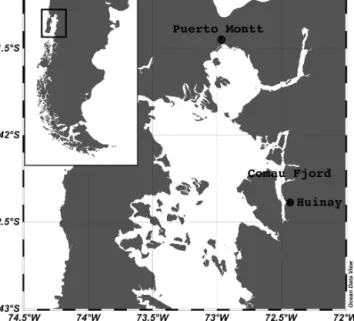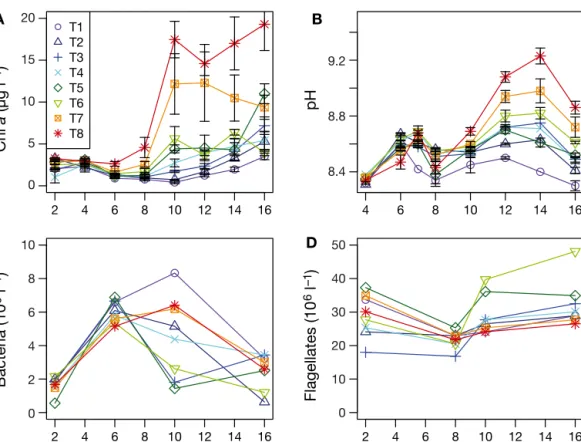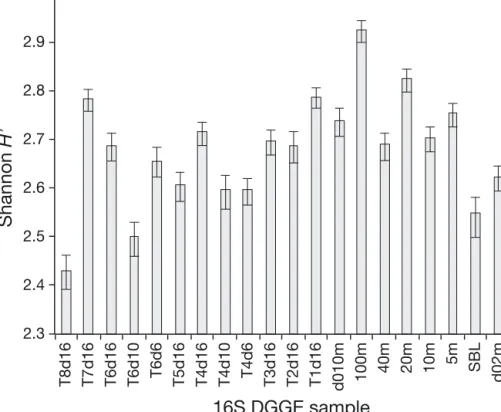Responses in bacterial community structure to waste nutrients from aquaculture: an in situ microcosm experiment in a Chilean fjord
Texto completo
Figure



Documento similar
Considering the above-detailed points, the aim of the present study was to (1) charac- terize differences in the digestive biochemistry (activities of alkaline protease and
Furthermore, the user has access to a smartphone application, which is able to show information in real time, or statistics of radiation values computed in remote web server:
competed against other partners, fluorescent protein reassembly will be different and thus, also changes in fluorescence signal could be detected (Figure 2.6). Moreover, we have
Production parameters, proximal composition (% of fresh weight) and fatty acid (FA) profile (% of total) of Senegalese sole fillet at the end of the trials using one control diet
The Task Manager receives information about student events via the Process Manager, and decides the next set of achievable tasks depending on the active learning strategy, the
Figure 4-8 – Gaussian noise added to the closed loop within the dspace environment 57 Figure 4-9 - Process used to obtain cleaner frequency responses from measured data 58 Figure
The zero-energy pinning mechanism described in this work is generic, and is the result of the electrostatic energy cost from the interaction of the finite charge Q M added to
The third tab will be in charge to track the final fish tasks to catch the fish that will be processed in a given day (what we call harvest orders). These fishes will be
